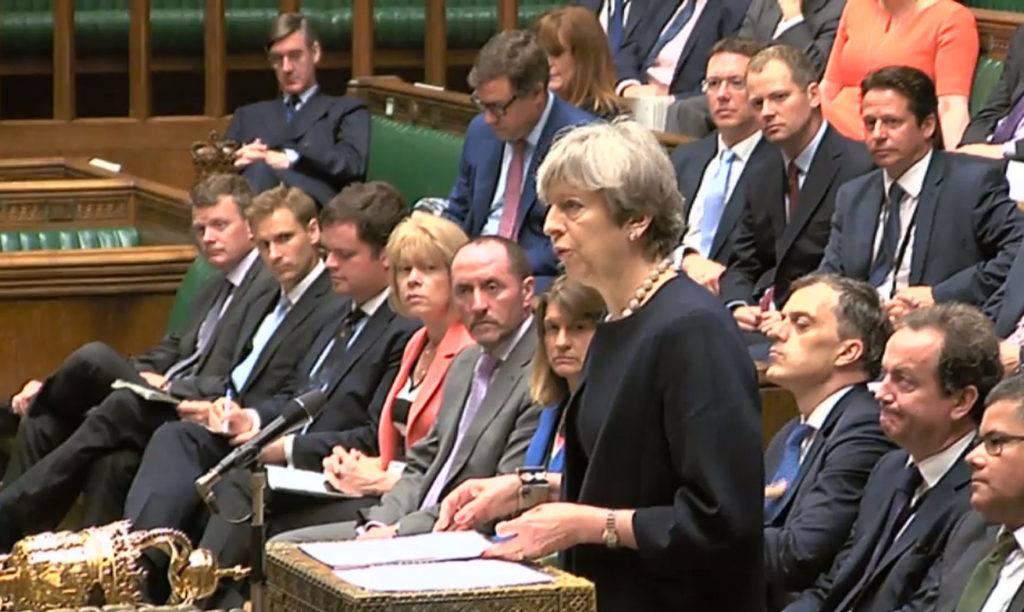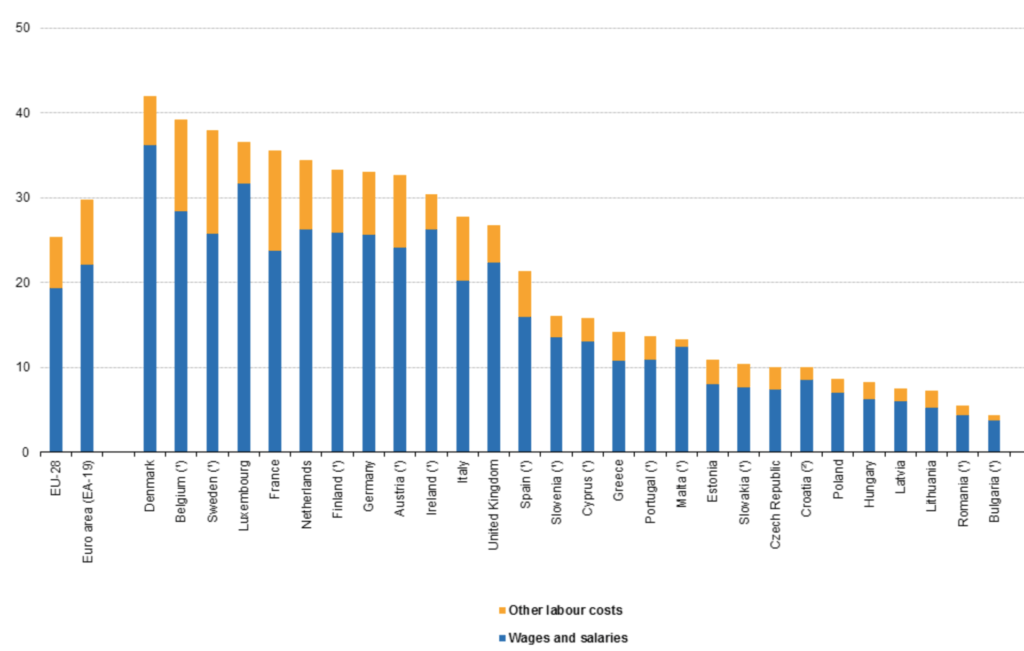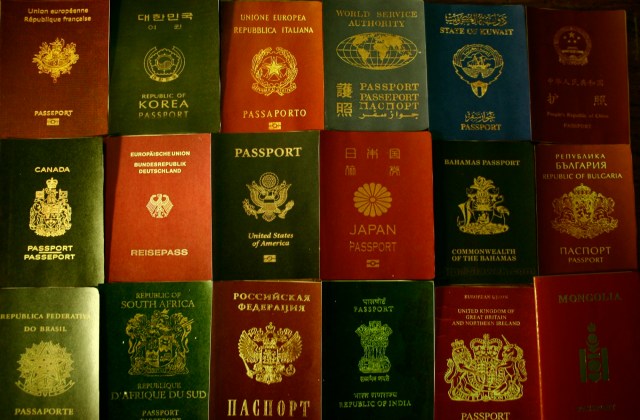Credit: Baigal Byamba

How would you design an immigration system that served the national economic interest, but also commanded public support, if you could start from scratch?
The question is both topical and for some nations, pressing. Following America’s election of Donald Trump and the United Kingdom’s decision to quit the European Union, many policymakers are considering how best to respond to the backlash against a free market in border policies.
Britain, in particular, is having to respond to a majority’s desire to “take back control” of borders – while business worries about national prosperity if immigration is simply “shut down”. The Brexit negotiations seem likely to involve a clear trade-off between a willingness to retain “freedom to travel” for EU citizens and securing a “free trade” deal for British goods and services.
Any rational government needs to start off by recognising some of the huge benefits of immigration flows. Even the most pro-Brexit ministers have struggled to identify parts of the economy in which there is a clear case for stopping migrant labour. Whether it is top business people, health service staff, or seasonal agricultural workers, developed economies usually benefit significantly from foreign labour.
Large sections of the public in developed countries have nonetheless reacted badly to the recent scale of immigration – feeling that it represents a “loss of control”. It’s no wonder that immigration is particularly unpopular with less skilled and lower income groups. Some economic evidence[1. “The Labour Market Effects of Immigration“, published by the Migration Observatory at the University of Oxford, February 2017] suggests that they have most to lose from wage competition. While immigration is most beneficial for high and middle earners it can reduce living standards for the poorest citizens of “host” nations.
Lower income groups also experience more of the negative social impacts of high immigration – including pressure on low cost housing and a sense of alienation from seeing the character of their neighbourhoods change as a result of “outsiders”, often speaking other languages.
So, if we were designing an immigration system from scratch – as the British government now must do – how might we do so?

A first obvious, but crucial, point is that if policymakers want to restore confidence in the immigration system, half-measures won’t do. When I was a government minister in the 2010-2015 Coalition, I was staggered to be told by a leading civil servant that immigration was simply “not a priority”. More surprisingly, I was informed that the then Home Secretary and now PM, Theresa May, didn’t want a functioning system of entry and exit checks because she feared a public backlash when it became clear how many people failed to leave the country at the end of approved stays. It is understandable that the hard-pressed border police will want to focus on stopping terrorism and serious crime but if this is at the cost of basic immigration monitoring it is hardly surprising that public confidence is low.
The second point is to segregate and differentiate between immigration flows:
- Tourists are generally not an immigration problem. They are an economic opportunity and controls should only focus on countries from which there are frequent over-stayers.
- The same is true for genuine students – UK education is a crucial export[2. “UK revenue from education related exports and transnational education activity 2010-2014”, UK Department for Education, July 2017] which helps attract world class talent to our universities and research institutions. Moreover, it cross-subsidises the education of UK students. Developed countries should make life easy for students – provided they stick to the rules.
- We should also clearly distinguish asylum seekers from other immigrants – and design a system which is generous to those fleeing persecution, while treating others humanely, but firmly. UK asylum numbers are now relatively low.
That brings us to the most controversial category of immigrant – those who want to work. Where there are open borders with large pay differentials, flows of workers can be expected to be large, as we have seen with the entry of lower income countries into an enlarged EU. Arguably, the EU acted hastily and naively in sanctioning effectively an “open borders” policy, while allowing in new member states with domestic pay levels at very significant discounts to the richer EU nations[3. “EU wages and labour costs”, from Eurostat, April 2017]. This was always likely to lead to historically large flows of people and by allowing EU citizens to claim welfare benefits at the “host country” level, workers had strong incentives to move to high pay, higher welfare jurisdictions.
Simply closing off borders to migrant workers would be economically insane. Many of our biggest and fastest growing businesses depend upon high skilled workers from overseas. Public services would find it impossible to train the required workforce in a sensible timeframe. And those recruiting for unfashionable, low paid, manual, jobs would find their task impossible – and some businesses would as a consequence likely move abroad. Of course, the UK could simply extend to EU citizens a work visa scheme that would prioritise employees in “shortage” occupations – a system already used to control non-EU labour flows.

But bureaucratically designed schemes are open to all the deficiencies and inflexibilities that are involved when government officials rather than employers are required to make employment decisions. And rules rightly designed to control immigration from countries where the population earns a few dollars per day may be unnecessary and inappropriate for managing worker flows within a group of countries with less dramatic variation in wage levels. EU freedom of movement wasn’t a big issue when income per head was similar across a small group of nations.
Finally, a rational government needs to anticipate how other countries might react to different forms of immigration control. If, for example, a more closed labour regime led to higher tariff barriers and less freedom to trade the costs might outweigh any benefits.
One possible answer that a rational government should consider is to remove entitlement to welfare benefits from migrant labour. EU citizens currently working in the UK have (reciprocal) rights to, for example, child tax credit, housing benefit, and child benefit. For low-paid workers in particular (always the most controversial category), this can make coming to more generous welfare countries such as the UK highly attractive. Removing these benefits, or at least denying entitlement for a qualifying number of years, would make the economic returns to working in the UK much less attractive, as a 2014 proposal[4. “EU free movement: make it fair to keep it free” published by Open Europe, November 2014] from the UK think tank, “Open Europe” showed. For an EU member, such a change would seem to be unthinkable but for a non-EU nation, it is not impossible to imagine the freedom to travel to work being divorced from the freedom to access a welfare system. Such a change would also command significant public support – as opinion polls indicate widespread concern about immigrants’ ability to access welfare systems without having made prior financial contributions.
If politicians have the determination and imagination, it is possible to redesign immigration systems to meet both economic needs and legitimate public concerns. The British government now has a strong incentive to seek to lead the way in striking this new balance.









Join the discussion
Join like minded readers that support our journalism by becoming a paid subscriber
To join the discussion in the comments, become a paid subscriber.
Join like minded readers that support our journalism, read unlimited articles and enjoy other subscriber-only benefits.
Subscribe